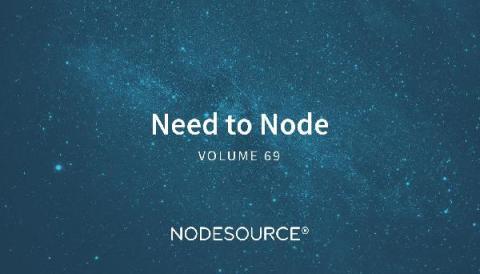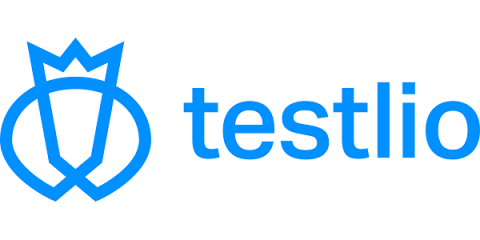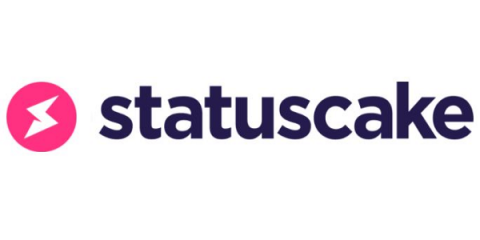Need to Node - Volume 69
In this special edition of Need to Node, you can find the top 10 highlights in Node.js in 2020! Need to Node is a weekly bulletin designed to keep you up-to-date with the latest news on the Node.js project, events and articles. You are always welcome to collaborate and participate. Please let us know if we missed a piece of content you think should be included!











